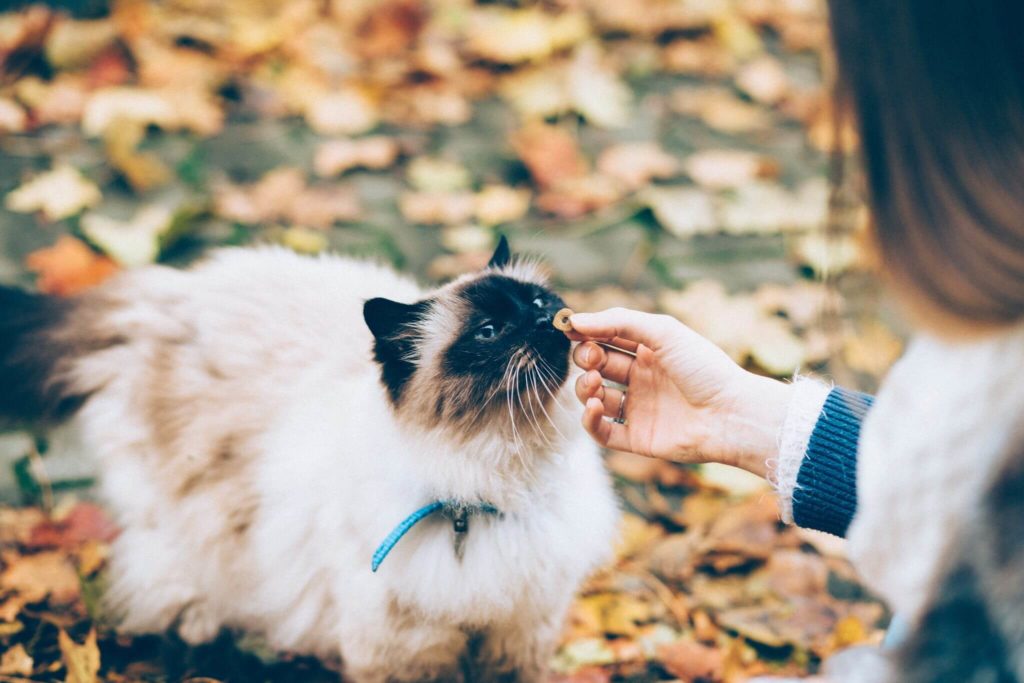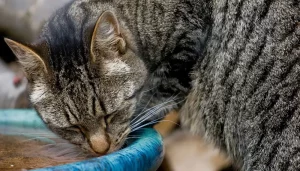Learning by Association
It is as easy as paying attention to your cat’s behavior and rewarding them for it. Cats learn through association. They will reward the behaviors they like and decrease those they don’t.
Here, there are not any training sessions. Positive behavior modification is the ability to change your cat’s behavior as you see it in your daily life.
Identify the things you want your cat do
Instead of worrying about what your cat will do, consider what you would like your cat do. If your cat scratches the couch and carpet, it is not your goal to stop them.
The goal of your training is to get your cat scratching the scratching posts. To help you create a realistic goal, think about how your cat should behave at home. It is possible to work on multiple goals simultaneously.
Positive Reward
You can reward your cat with attention, play, affection, and/or a favorite toy. When your cat does something you like, reward him immediately. It is best to reward your cat within 1-3 seconds.
Take control of the environment
You must ensure that your cat has the right environment to be successful in what you desire. You can do this by first changing some aspects of your cat’s environment or your behavior.
- You can always keep tasty treats and other rewards close at hand.
- You can reward and praise your cat immediately by paying more attention to his behavior.
- You must ensure that your feline companions have easy access to all their essential feline needs (information here).
- Establish a routine that includes regular eating, exercise, play, and socializing.
This would be a way to increase scratching opportunities near your cat’s scratching area and in other areas of the house so that your cat has more choices and can choose the best object (scratcher), over the unattractive ones (couch or carpet).
Your Cat Does Something Right
Once you know what your cat should do, and how it looks, you can reward your cat for achieving this behavior. If your cat is prone to wandering and you want them not to, reward them when they return and when they leave your yard. You are rewarding desired behavior by capturing it and rewarding it.
You can reward specific aspects of your cat’s behavior by continuing to reward them when they do the right thing. You are basically shaping your cat’s behavior by reaffirming what you want.
In our scratching example, you would reward your cat for any interaction with the scratching board (sniffing it, rubbing on its surface, scratching it). You would reward your cat for scratching the post once they started using it more frequently.



